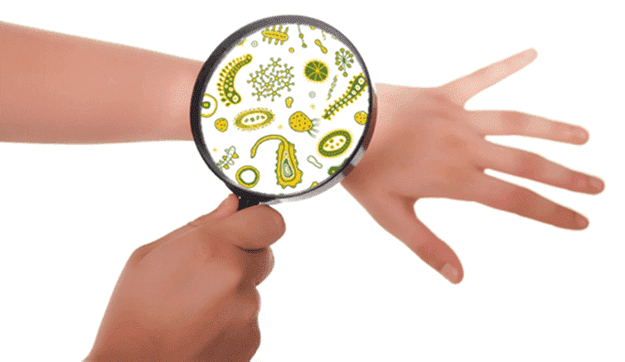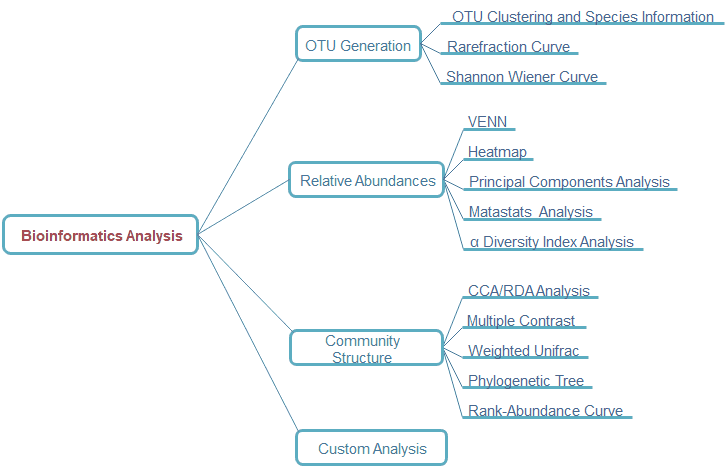Skin Microbiome Research Solution
Inquiry
>

The Importance of the Skin Microbiome
The skin is the largest organ of the human body, which plays an irreplaceable barrier function to the external environment and resists the invasion of foreign substances. At the same time, the skin is also the place where the human body contacts with external environment, so human skin is home to millions of fungi, bacteria, and viruses. Different microorganisms grow in the specific parts of the skin and play a protective role. The skin microbiome is generally stable over time, unless the skin is exposed to a different external environment. The ecological imbalance of skin microorganisms can induce a variety of skin conditions, such as acne, psoriasis, eczema, etc. Therefore, understanding the characteristics of skin microflora is critical to exploring the evolution of host-microbe symbiosis, development of immune system, diagnosis of diseases, and the causes of diseases that may affect humans.
 Request a Quote
Request a Quote
Accelerate Research and Practice in Skin Microbiome
We have tested and analyzed various skin microbiome samples, and can help you uncover the diversity, abundance, evolutionary relationship of microbiome colonizing the skin surface by using next-generation sequencing (NGS), PacBio SMRT sequencing, and Nanopore sequencing platforms. In addition to this, we also utilize the real-time qPCR technology platform for the qualitative and quantitative study of skin microbiome.
The Main Research Directions
- Explore the differences of microbial community structure in different parts of the skin
- Study changes in the skin microbiome at different developmental stage
- Explore the differences in skin microbial composition between the healthy group and diseased group
- Explore the changes of skin microbiome in different environments
- Study the dynamic relationship between the skin microflora and the skin health
What Can We Do?
- 1. Identification of skin microorganisms
- 2. Quantitation of skin microorganisms
- 3. Study the evolutionary relationship of skin microorganisms
- 4. Study the relationship between skin microorganisms and diseases
Note: Our service is for research use only, and not for therapeutic or diagnostic use.

Detectable Objects
DNA samples of skin microbiome from humans and animals (such as sheep, mouse, rat, monkey, fish, horse, etc.) can be tested
Detectable Microorganisms
Fungi, bacteria and viruses, etc.
Technical Platforms
We are equipped with Illumina HiSeq/MiSeq, Ion PGM, PacBio SMRT systems, Nanopore systems, PCR-DGGE (PCR-denaturing gradient gel electrophoresis), real-time qPCR, clone library, and other detection platforms.
Sample Requirement
-

- DNA sample: DNA ≥ 500ng, concentration ≥ 10ng/ul, and OD260/280 = 1.8-2.0.
- Ensure the DNA is not degraded or slightly degraded and avoid repeated freezing and thawing cycles.
- Please use enough ice packs or dry ice during transportation.
Workflow
 Figure 1. High-throughput sequencing analysis process
Figure 1. High-throughput sequencing analysis process
 Figure 2. PCR-DGGE analysis process
Figure 2. PCR-DGGE analysis process
Bioinformatics Analysis
Our bioinformatics analyses are flexible to your needs.
 Figure 3. Bioinformatics analysis
Figure 3. Bioinformatics analysis
* For research purposes only, not intended for clinical diagnosis, treatment, or individual health assessments.





 Figure 1. High-throughput sequencing analysis process
Figure 1. High-throughput sequencing analysis process Figure 2. PCR-DGGE analysis process
Figure 2. PCR-DGGE analysis process Figure 3. Bioinformatics analysis
Figure 3. Bioinformatics analysis